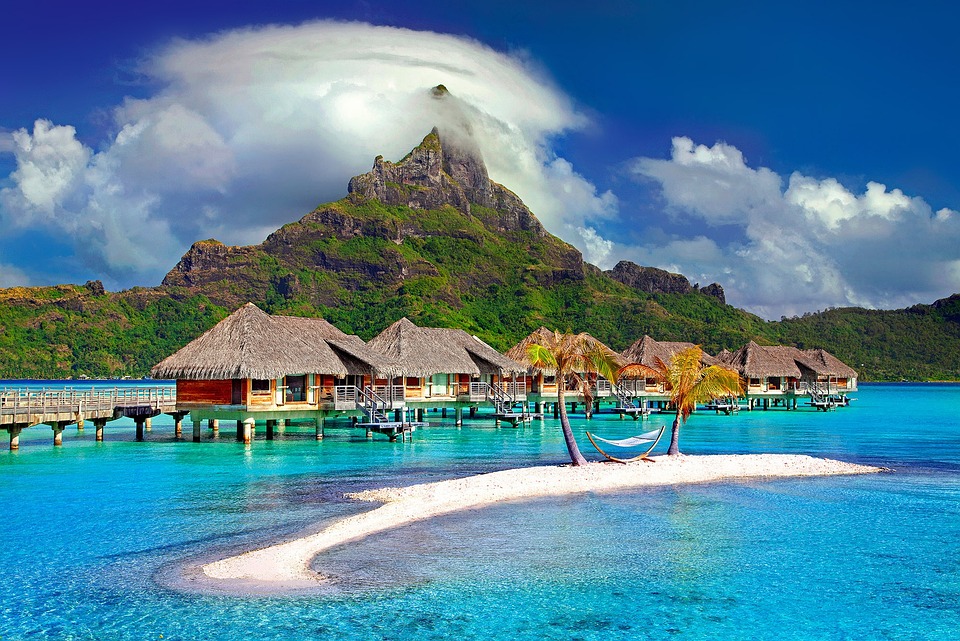Destination Conservation: The Role of Communities in Sustainable Tourism
As a sustainable travel and tourism expert, I have had the privilege of witnessing the positive impact that sustainable tourism can have on local communities around the world. One destination that stands out in my mind is a small village in Costa Rica, where the community has come together to preserve their natural surroundings and traditional way of life. This experience has inspired me to delve deeper into the role of communities in sustainable tourism, and I am excited to share the insights and learnings I have gathered along the way.
Communities play a crucial role in sustainable tourism, as they are the guardians of the local environment and culture. When tourists visit a destination, they have the potential to either contribute to the preservation and prosperity of the community, or to cause harm and disruption. Through engaging and collaborating with local communities, travelers can support sustainable tourism practices, protect natural habitats, and help to maintain the authenticity of the destination.
One of the key ways in which communities contribute to sustainable tourism is through the conservation and preservation of natural resources. Local residents often have the best understanding of their environment and are in the best position to implement ecologically sound practices. For instance, in the Costa Rican village I mentioned earlier, the community has established a system of ecotourism that allows visitors to explore the rainforest and observe wildlife while minimizing their impact on the environment. This not only helps to protect the rich biodiversity of the area, but also provides a source of income for the local residents.
Additionally, communities are instrumental in safeguarding the cultural heritage of a destination. Traditional customs, crafts, and rituals are often at risk of being diluted or lost in the face of widespread commercialization and globalization. By embracing sustainable tourism, communities can preserve their cultural identity and share it with the world. For example, in Thailand, many local communities have established homestay programs that enable travelers to immerse themselves in the everyday life of the villagers, learn about their traditions, and support their livelihoods. This not only provides an authentic and enriching experience for tourists, but also helps to sustain the unique cultural practices of the community.
Furthermore, communities are essential in shaping the development of responsible tourism initiatives. By involving local stakeholders in the decision-making process, sustainable tourism projects can be designed to reflect the needs and aspirations of the community, as well as to generate economic and social benefits. In Bhutan, the government has implemented a policy of “high value, low impact” tourism, which limits the number of visitors and emphasizes quality over quantity. This approach has been instrumental in preserving the country’s pristine landscapes, promoting cultural exchange, and ensuring that tourism revenue directly benefits the local population.
Pro Tips:
– Research and support locally owned and operated businesses when traveling, such as family-run guesthouses, restaurants, and tour operators.
– Engage with the local community by participating in cultural activities, volunteering, or learning about their traditions and way of life.
In conclusion, communities are the heart of sustainable tourism, and their involvement is key to ensuring that tourism can make a positive impact on both the environment and the people of a destination. By embracing sustainable practices, preserving natural and cultural heritage, and actively participating in the development of responsible tourism initiatives, communities can shape a more inclusive and equitable tourism industry. As travelers, we have the power to support these efforts and contribute to a more sustainable future for all. Let’s embark on this journey together, and let destination conservation guide our adventures.



